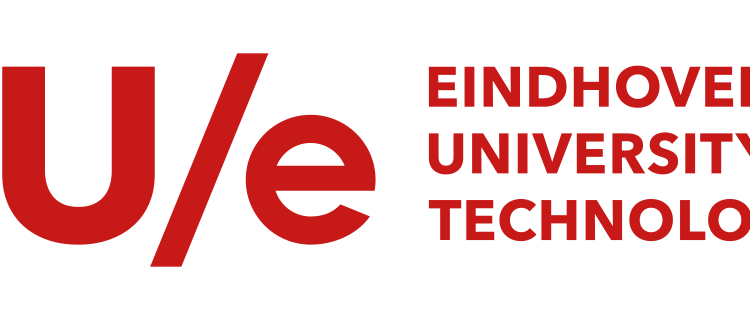Eindhoven University of Technology: TU Eindhoven students detect batteries in waste streams with AI
CORE, a student team from Eindhoven University of Technology (TU/e), has developed a new installation that can use artificial intelligence (AI) to recognize batteries in waste streams. CORE aims to use TEMNOS – as the installation is called – to actually separate waste in the future. Not only does this offer opportunities for better recycling of valuable raw materials from batteries, but hazardous waste fires due to battery-containing products occur more frequently when recycling these waste streams. These fires can be prevented with the new installation.
CORE’s TEMNOS installation addresses two different challenges. On the one hand, the installation aims to improve the current recycling process. By better sorting at the front end of the process, more efficient recycling becomes possible further down the line. This makes it possible to recover more raw materials from waste streams. The second challenge is to prevent waste fires in (e-waste) waste processing, where by far the most fires are caused by hidden batteries.
Recovering Raw Materials
Better recycling is a hot topic due to rising global metal prices. An improved sorting process therefore prevents batteries ending up in the wrong place in the chain. By efficiently detecting and sorting batteries earlier in the chain, TEMNOS offers opportunities to recover more raw materials, such as rare metals.
Battery Burning
In the current waste streams, batteries are detected less efficiently. This can result in large fires as batteries become damaged and spontaneously combust. In recent years we have seen a sharp increase in the number of waste fires in Europe.
Research has shown that the main causes of these are heating and the presence of flammable substances. The latter includes batteries, the cause of 49 of the 53 fires at European companies that recycle electronic devices. These fires sometimes also release hazardous substances.
It is not only in the recycling industry that battery fires play a major role. In the metal industry, it is the number one cause of fires. It also ranks as high as spot three in scrap paper companies. According to the Ministry of Infrastructure and Water Management, the cause may be the low percentage of batteries collected. Only 24 percent of rechargeable lithium-ion batteries in the Netherlands are taken away. The rest end up among PMD waste, residual waste and waste paper, resulting in a possible battery fire.
Collaboration with waste management industry
Apart from all the immediate risks of waste fires, reducing losses of precious metals such as cobalt is reason enough for Team CORE to tackle the problem.
The TEMNOS project is a follow-up to the TITAN project, also by CORE students. TITAN is a shredder to convert battery-containing products to a plastic-metal mix without causing a fire. TITAN still required salts, an additional pollutant in the process. TEMNOS enables us to treat only the hazardous streams and process the safe waste streams through existing routes.
Identifying battery-containing products can be done in several ways. When it comes to phones and tablets, much can already be sorted by means of visual recognition which recognizes whether a phone has a removable battery or not and whether that battery has actually been removed. This application is currently being developed in a pilot with Huiskes Metaal B.V. in Waalwijk.
To sort batteries into more complex streams, such as toothbrushes, music boxes and other electronic devices, more is needed, such as X-ray technology. In this way it will be possible to see the specific location of the battery in the device and automatically remove it.
A unique collaboration
To make this kind of project possible, collaborations between education and industry are crucial. Therefore, the student team CORE is collaborating with EAISI, the AI institute of Eindhoven University of Technology, to further develop the models. In addition, direct collaboration with companies such as Huiskes and Wecycle is crucial to understand the market and achieve the greatest possible social impact.

